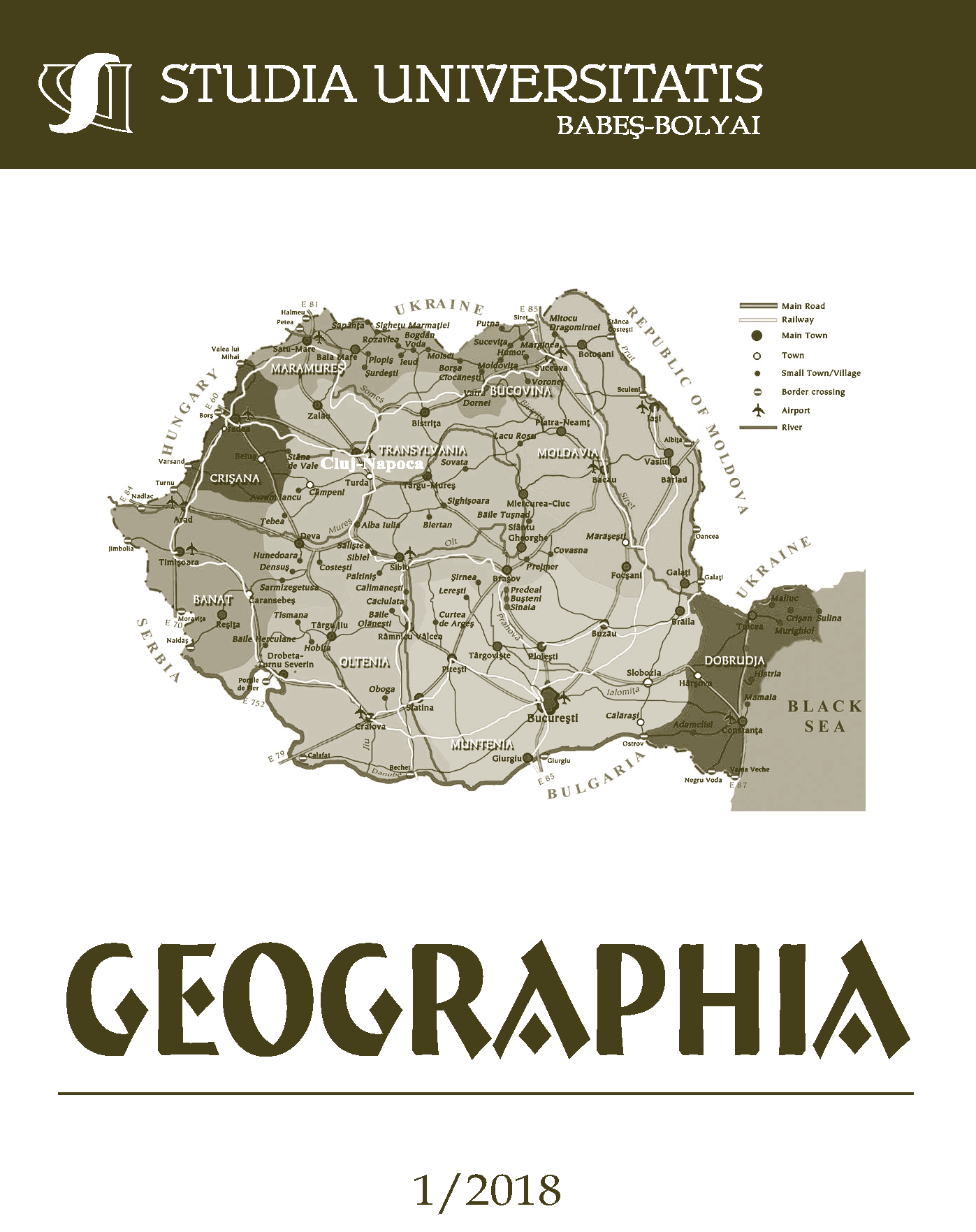TREE-FRUIT CROPS IN CLUJ-NAPOCA – ARE THERE ANY VIABLE PERSPECTIVES FOR PERMACULTURE?
DOI:
https://doi.org/10.24193/subbgeogr.2018.1.04Keywords:
metropolitan area, urban farms, orchards, Cluj-Napoca.Abstract
Ever since the communist period, fruit farming has been a significant economic activity in many areas of Romania. The hills of Cluj and Feleac were renowned for their significantly productive orchards. Once with the change in the political regime, the large agricultural holdings were divided and reorganized. Orchards were now administered by private land-owners, whose diverse judgment brought up several changes in the land use. Thus, some orchards were abandoned, others were grubbed up to clear the land for constructions, while, in some of the best cases, orchards were rehabilitated to meet the current quality standards. Our study aimed to analyze how the land used for tree-fruit crops would be better managed by adding up the benefits of permaculture. Methodologically, cartographic reconstructions were carried out based on topographic maps from the 1950s, military shooting range maps and recent orthophoto maps. Also, a sociological survey was carried out to determine the perception of people about the need to still have traditional orchards. Due to the large extension of degraded orchard areas, it has been found that the optimal solution to increase their viability is to encourage farm holders to practice permaculture, instead of removing large portions of farm land from production and use it for construction purposes.References
Baci, Fl. (2010), 12 Principii, http://www.permacultura.ro/blog/2010/11/17/principiile-
permaculturii/, accessed on 18.10.2017.
Beligăr, Cristina (2016), La vremuri noi, livezi noi: Ferma Steluța renaște în era Facebook, Transilvania reporter, 13 octombrie 2016.
Diaconu, G. (2013), Experimente „permaculturale” la Strâmbeni, www.permacultura.ro, accesed on 25.11.2017.
Frith, S. (2016), Understanding Permaculture, www.holisticmanagement.ca, accessed on 25.11.2017.
Lazăr, V. (1923), Clujul, Editura CVLTVRA Națională.
Krebsbach, J. (2017), Permaculture and its future, https://northamericanfarmer.com, accessed on 15.10.2017.
Harland, Maddy (2013), What is Permaculture - Part 1: Ethics, www.permaculture.co.uk, accessed on 15.10.2017.
Holzer, S. (2011), Sepp Holzer's Permaculture: A Practical Guide to Small-Scale, Integrative Farming and Gardening, Chelsea Green Publishing Company.
Howe, Meg (2017), Advantages and Disadvantages Organic Farming, https://small-farm-permaculture-and-sustainable-living.com/advantages_and_disadvantages_organic_farming/, accessed on 19.10.2017.
Mehta, F. (2016), What are the Benefits of Permaculture? You'll Be Amazed to Know, https://www.buzzle.com/articles/what-are-the-benefits-of-permaculture.html, accessed on 19.10.2017.
Ministerul Agriculturii (2017), Sub-program tematic „Creșterea competitivității sectorului pomicol”, PNDR 2014-2020.
Mollison, B. (1991), Introduction to permaculture, Permaculture Resources.
Smith, J.R. (1929), Tree Crops: A Permanent Agriculture, Harcourt Brace and Company, New York.
Telford, R. (2008), Permaculture Principles, https://permacultureprinciples.com, accessed on 21.11.2017.
Downloads
Published
How to Cite
Issue
Section
License
Copyright (c) 2018 Studia Universitatis Babeș-Bolyai Geographia

This work is licensed under a Creative Commons Attribution-NonCommercial-NoDerivatives 4.0 International License.





 ©Studia Universitatis Babeş-Bolyai Geographia. Published by Babeș-Bolyai University.
©Studia Universitatis Babeş-Bolyai Geographia. Published by Babeș-Bolyai University.